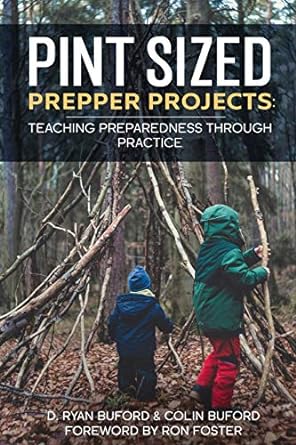How to: Forage for Spring Edibles 1 - Featuring Sweet Violets (Viola odorata)
Share
Video
05/11/2014
On this early Spring foraging walkabout I touch on the succulent and common Sweet violet, as well as other wild edible, utilitarian, and medicinal plants. The deep green, heart-shaped leaves, and purple, or white & purple flowers are edible in salads, stews, or raw. The flowers can be made into candy using egg white, confectioner's (powdered) sugar.
The plants featured are:
Sweet Violets (Viola odorata)
Burdock (Articum lappa)
Jewel Weed (Impatiense spp.)
Red Clover (Trifolium prentense)
========================
FORAGING RULES:
1). Only harvest plants that you have 110% positively identified.
2). Only harvest from areas where you have permission to do so.
3). Only harvest from areas you know are not sprayed, contaminated, or polluted.
4).Only use your harvest after they have been well washed in water.
5). Only ingest small amounts at first; If you choose to do so it is AT YOUR OWN RISK! DO NOT use this short video as the source of truth...DO YOUR OWN RESEARCH and/or find
someone in your area who is knowledgeable and competent
#5 is especially important if you are new to wild foraging. Aside from the obvious dangers of thistles, poison ivy, poison oak, and deadly water hemlock...Many wild plants contain off the charts vitamins and minerals which might create a shock to your system...considering the nutrient count of your average domesticated vegetable foodstuffs.
Also and adendem to rule #1 is follow Green Deane's of EatTheWeeds I.T.E.M-ize Rules:
(I)dentify the plant beyond doubt....be sure it is the right
(T)ime of year. Check its
(E)nvironment. This involves two things. One is making sure it is growing in the right place. The other is making sure the plant is getting clean water and is not in polluted soil. And then...
(M)ethod of preparation.
SORRY - There are no steps for this How-To. Please check back later. Or drop me a line at
TheUrbanAbo@gmail.com to let me know you wanna see this one fleshed out.







